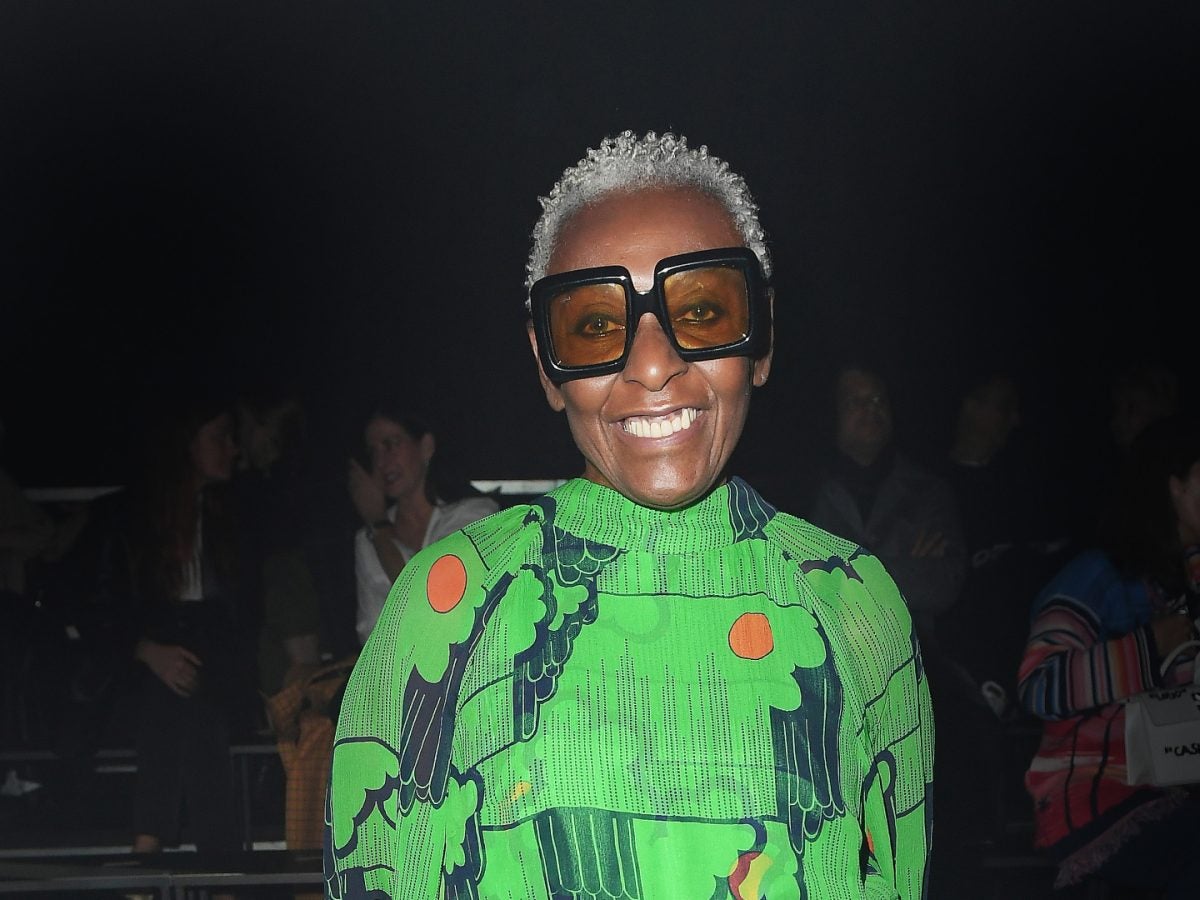
Among the many faces in Gap’s newest collaboration with The Brooklyn Circus, founded by Haitian-American designer Ouigi Theodore, is the former model and fashion’s beacon of longevity and wisdom, Bethann Hardison. The collection’s main objective was to bridge the gaps between age, gender, and style and blend both Brooklyn Circus and Gap’s aesthetics of 1960s Black culture motifs, commemorating 16 years of community and building the Global Village and Americana motifs and iconography. Hardison is known for her iconic strut in the Battle of Versailles fashion show in 1973 among only ten other Black models, which was unheard of at that time; she’s propelled her career even further now by mentoring the upcoming and emerging “who’s-who” of fashion in many of its realms. She started her own agency, Bethann Management Agency, in an effective effort to diversify the runway and has since been known for her unfiltered and ubiquitous wisdom. Even when she is not in a room, she is mentioned by fashion peers that hold her in the highest esteem.
Gap has worked with the likes of other fashion legends like Dapper Dan, and this wasn’t Hardison’s first time working with them, and it’ll surely not be the last. Her initial interest in being the face of this particular campaign was that The Brooklyn Circus was something she could learn about. “I’m a big huge Gap fan; I’m an old-school Gap fan. I think it’s funny how people can be so succeeding at something, and you just don’t know anything about it. For me, I was more interested once I learned about it, once The Gap wanted me to come and be part of this, then I learned more about the significant, “How can I not know about this?” but there’s so much out there in the world we don’t know, and that’s what’s so important that we lean into things.” She mentioned that both brands have something that each needed, so the blend of the two made perfect sense. The Brooklyn Circus was special to her because it’s so community-oriented, a tribe she called it.
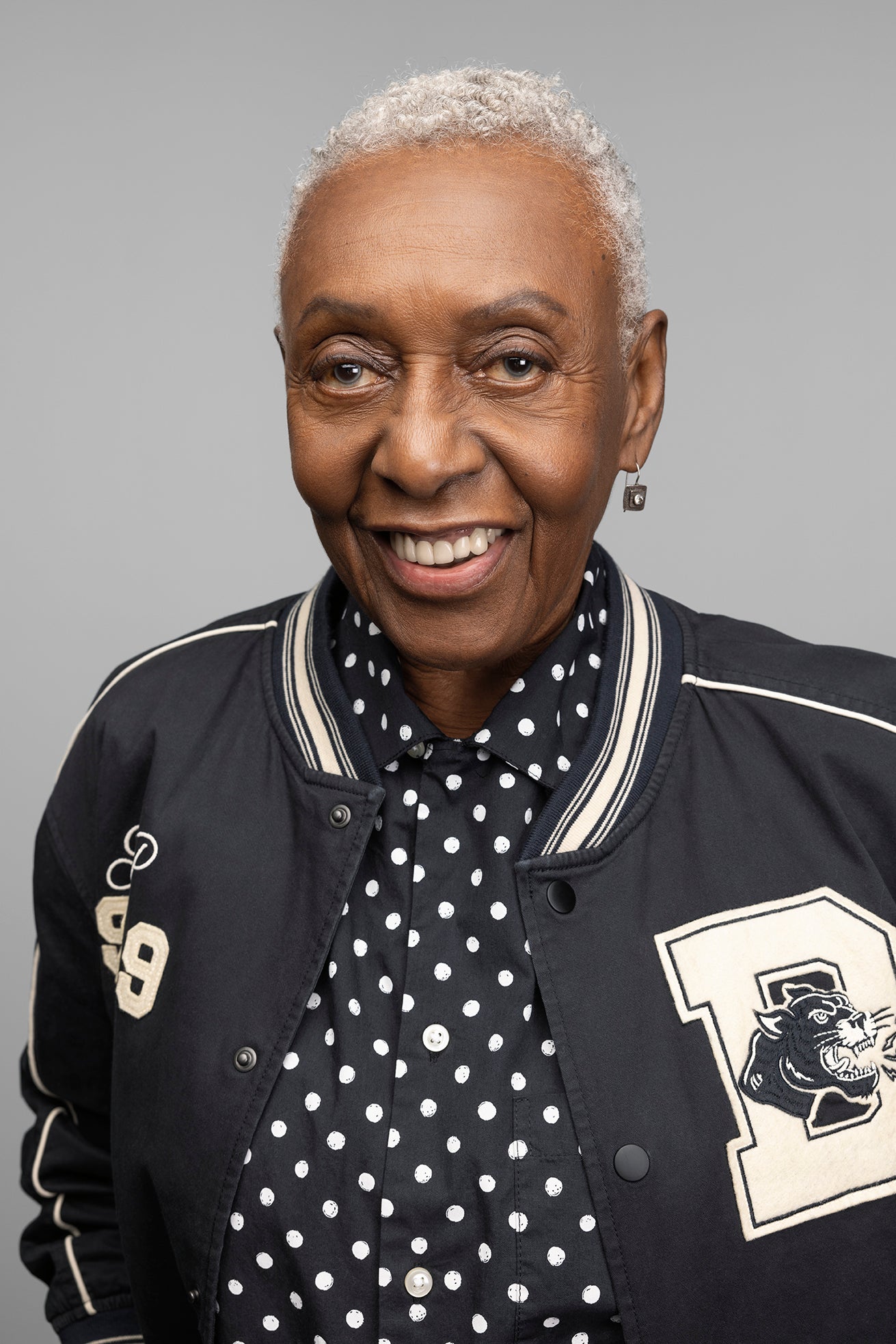
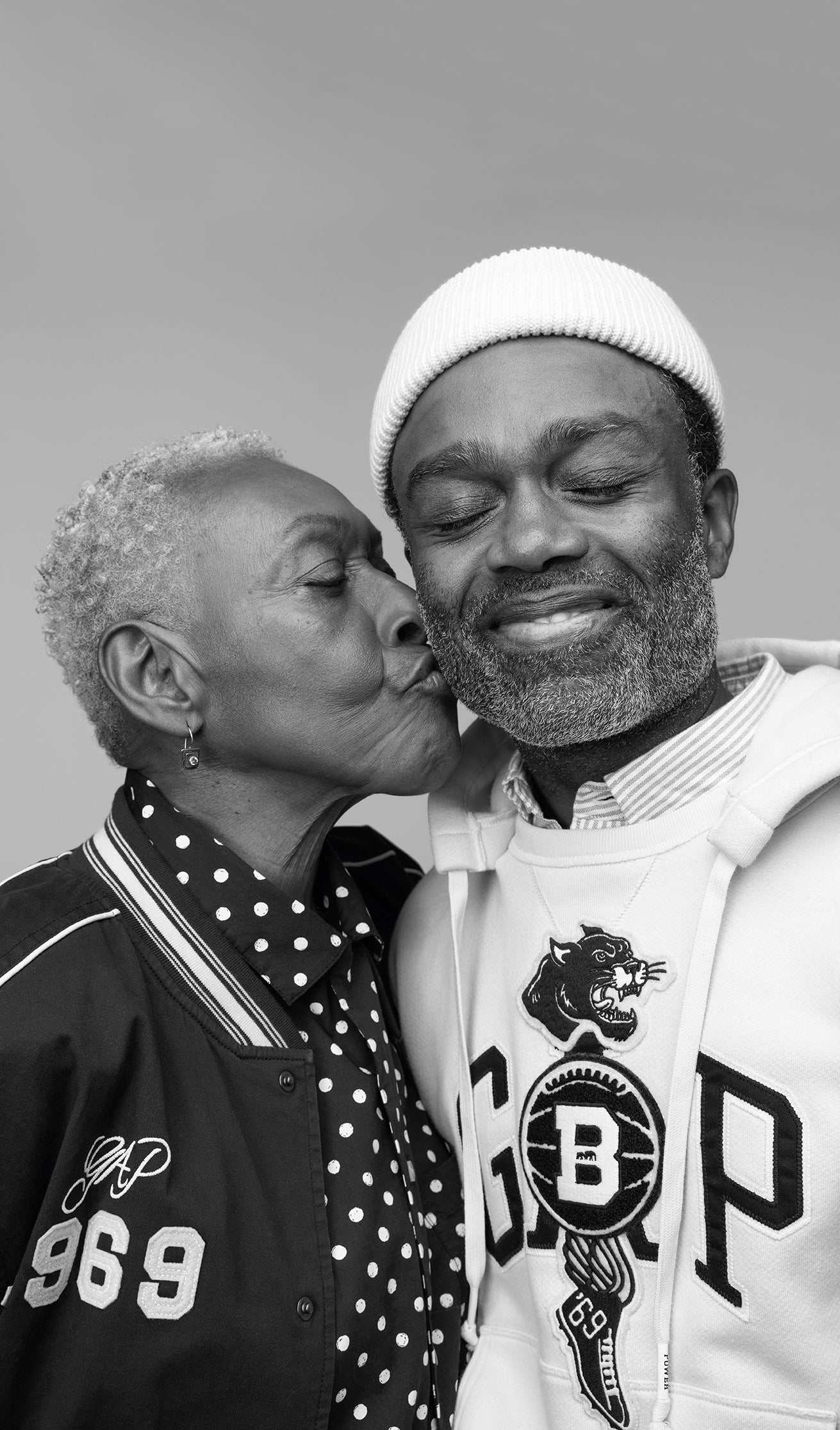
This life to her was always meant to be. “I guess I came to earth to do all of this,” she says. All her life, she knew she was already successful at 12 years old as she’s been writing a book about her life. She reminisces, “ I was a latchkey kid, and I could just be free. My grandmother and my mother worked, and when I came home from school, my clothes were put out, and I had my key by my neck, and I’d just go and hang out until it was time to come home, which is usually about six o’clock. You got four hours to really do. Then I was building relationships and going to churches. My grandmother and my mother didn’t go to church. They wished me well when I went out the door on a Sunday morning, but I was making friends and supporting my social activity.”
Hardison’s good young long life was filled with firsts as she told her mother that she wasn’t going to drop out of her performance art school and go to a high school suggested to her by a man in modish clothing. “This white guy came into high school in Brooklyn, Bedford-Stuyvesant, and I was so impressed with how he looked number one, but then also what he was talking about going into this other school. I went home and told my mother I’m not going to do performing arts. She’s not a helicopter mom. She doesn’t know anything other than what I tell her. I wind up going to this high school. I didn’t realize at the time we were being bused into this white school, but I took such advantage of that school.” She went on to be the school’s first Black cheerleader and was voted in for every extracurricular. Hardison is a born leader, and all the shifts in her life and career made her recognize that she came to this Earth for this exact purpose.
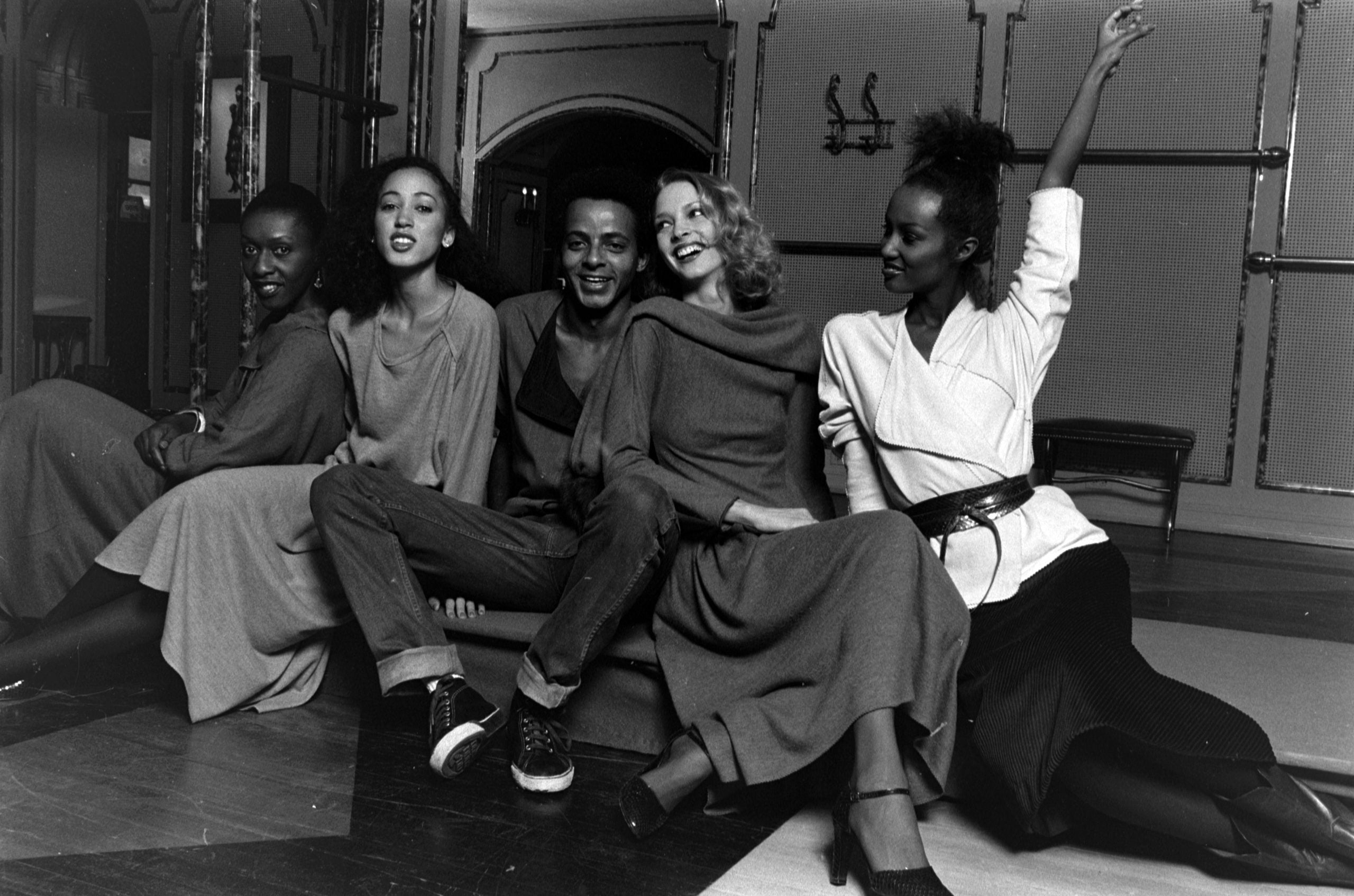
She noticed that something just wasn’t right on runways, so she made it her job to change that. Many contemporaries in the fashion industry would reach out to Hardison with glee for her to find them a single Black model, usually out of 20 to 40 models. Her response would always whip those mindsets to shape as she knew most of the time it was out of ignorance rather than blatant racism, and her tenacity when the desired model at the time was only white remained because she truly believed in those she worked with. In her new film Invisible Beauty, she tells her story through multiple lenses about all she’s been able to contribute to the modeling and fashion industry.
From mentoring designers and creatives to building her own tribe, Hardison’s name is in fashion history, and she seems not to be even close to finishing making more history. She co-directed Invisible Beauty with Frédéric Tcheng. Originally she had an idea for a film centering three Black models from different cultural backgrounds because she didn’t really see a story if it centered on her. With some convincing, she began shooting with Tcheng, and the film was selected two years before by Sundance. “Even though it’s my first time out with a film at Sundance, although I’ve been at Sundance many times in the early years, it was very nice to be selected, to hear that every programmer voted yes, for this film. Then they gave us the opportunity of being one of four films out of the entire festival. They selected to show the high school students, which was a great honor to us. There was such a diverse group. You just don’t even think with them being so young that, they would have even gotten the film, but they do. They really care. It’s not a Fashion Film.”
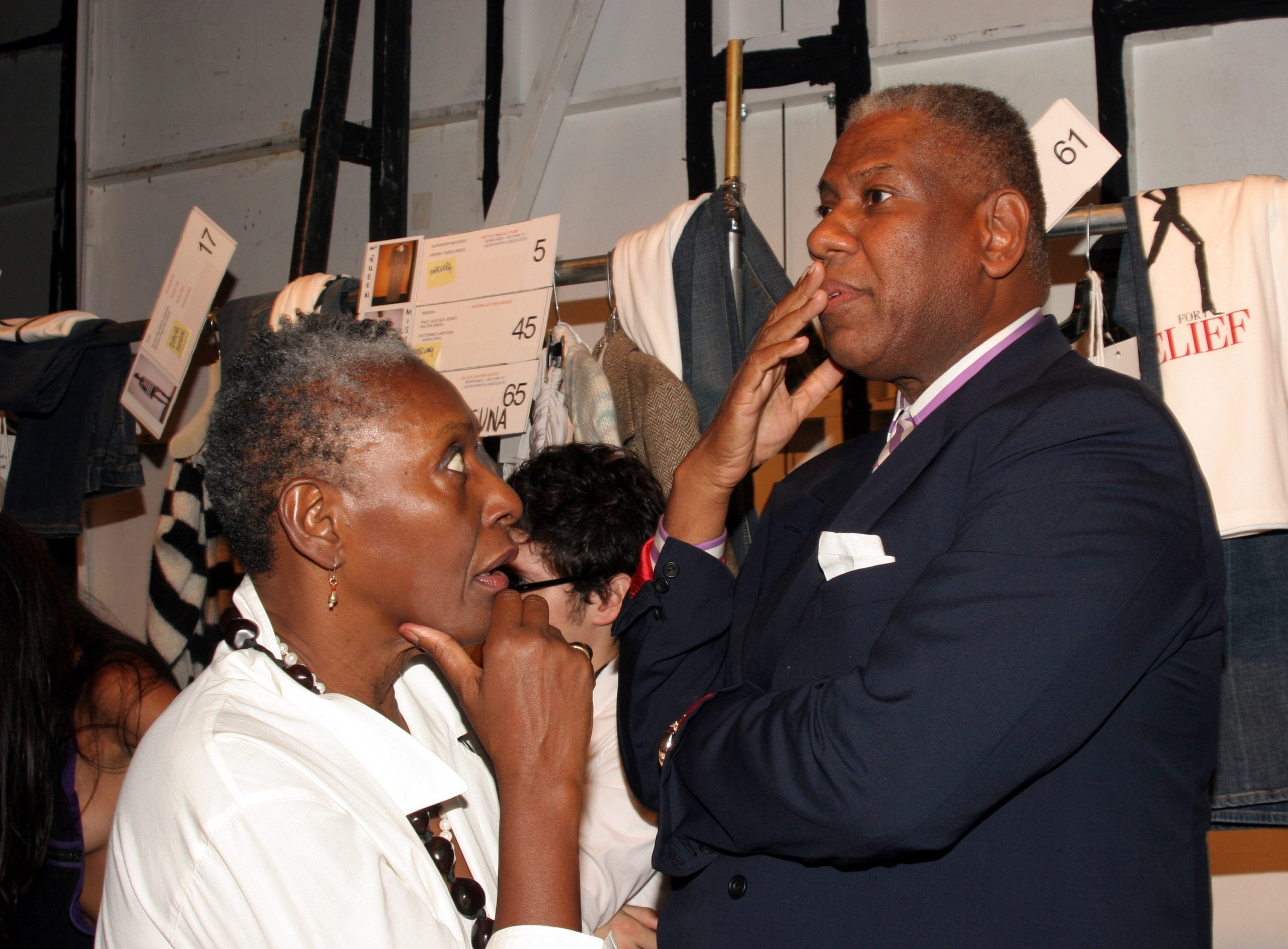
“Stay in their lane and run your own race. Just stop looking to the right and the left and losing time.”
Her next steps will surely be just as impactful as her other accomplishments and accolades. She’s been around long enough to watch significant shifts in her respective industries. “It’s too much out there. It wasn’t like that back in the 70s, 80s, and 90s. There weren’t so many brands and people banging on doors trying to get in; it was so different.” Hardison has worked with designers like Willi Smith and Stephen Burrows. In fact, she attributes streetwear to the late Smith and lays out her thoughts on streetwear today, saying, “I don’t see the streetwear that people say is streetwear now. I don’t know where it is, other than Supreme and Stüssy; I don’t understand nothing else, and that, to me, that’s not even streetwear. That’s just casual clothes. So, the generational, the way they do things between the music business and the fashion business, they give these titles. It just cracks me up. So, I think the differences between now and then is there’s a lot more, there’s so much more to choose from, and there’s a lot of creativity out there.” Even Fashion Week has such an incredible shift, with attendees wearing more and more eye-catching and, as she says, ostentatious clothing.
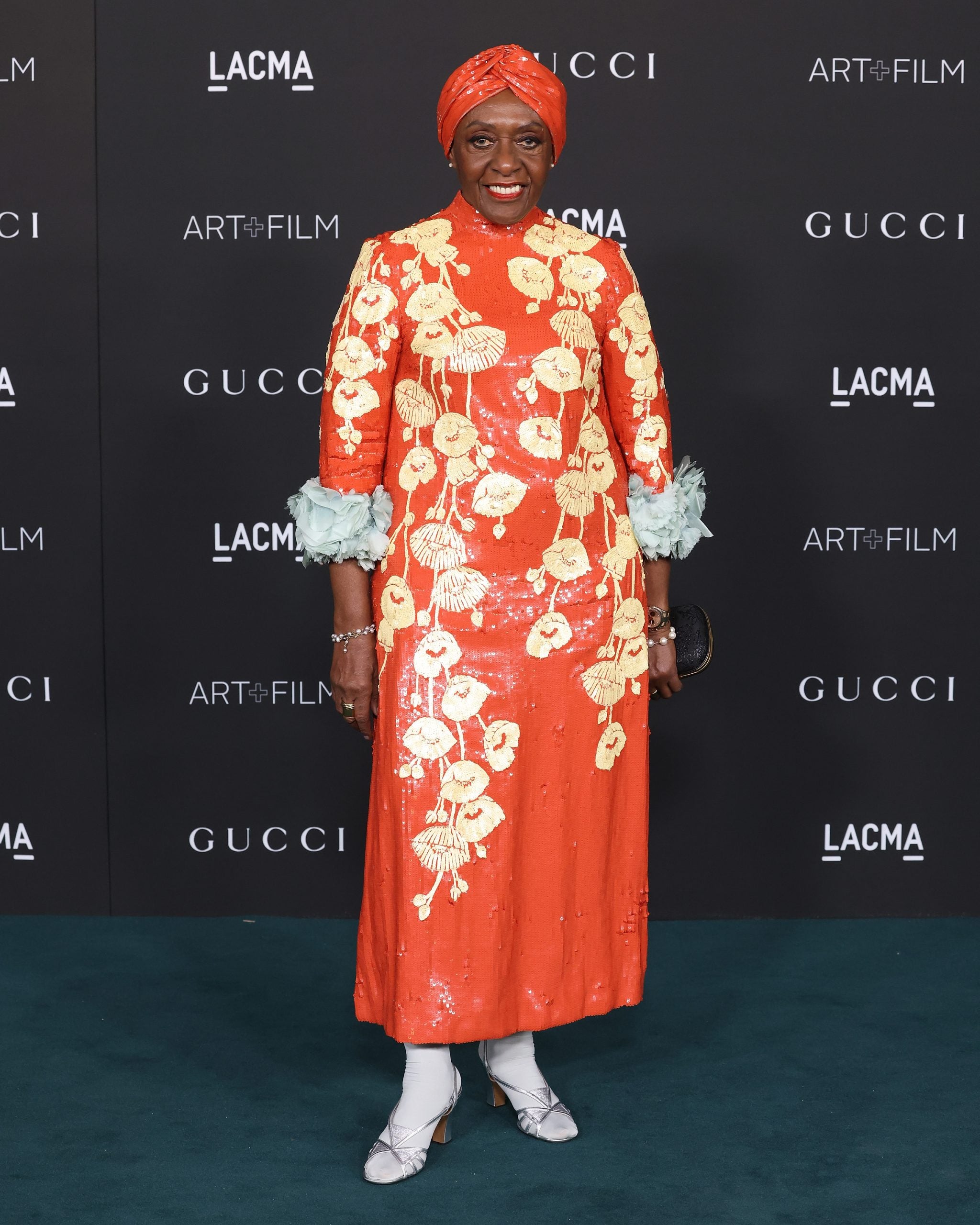
Since she’s been able to see so much in her lifetime, take heed to the advice she shares about following the whims of your desires. For those of you who want to become models, she says, “Try to get into technology.” For those of you who want to start an agency, she candidly said, “Please don’t do this; there are enough. People are miserable [laughs].” For those of you who want to be entrepreneurs, “Do me a favor and yourself a favor and go work for someone first. Don’t be shy about that. Don’t act like you’ve given up your dream. No, you’re taking advantage of a situation and opportunity.” Don’t worry; she expands more for the unconvinced in a way that a friend who only wants you to succeed, she says, “If something calls, you do. I think the thing I would tell anyone is don’t emulate that whole ‘I want to do what she did.’ Decide what you want to do, and try and see if it works out for you. If it doesn’t, step off. If you really want it bad, stay on. Don’t do it because you see people on social media or you see someone else being successful at something. You just got to find your own name. So what I would tell anybody’s stay in their lane and run your own race. Just stop looking to the right and the left and losing time. If you need to go back and get educated about something, don’t feel shy. Go back and learn. Get the technical information about something that is necessary.”
The limited-edition Gap × The Brooklyn Circus capsule is now available to shop on Gap.com as well as select Gap stores and The Brooklyn Circus flagship store in Boerum Hill, Brooklyn, NY. In honor of the late creative and anchor of the campaign, Stephen “tWitch” Boss, Gap is supporting The 988 Lifeline by donating to Vibrant Emotional Health.






